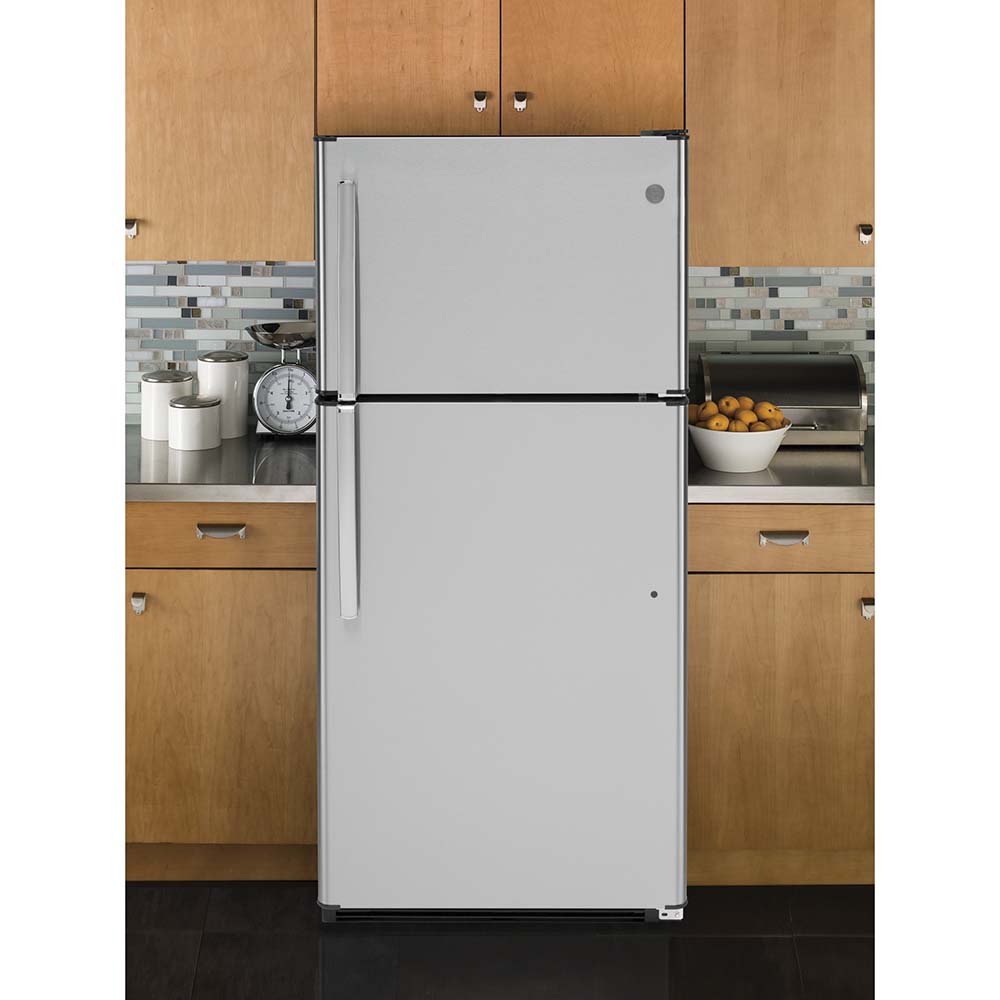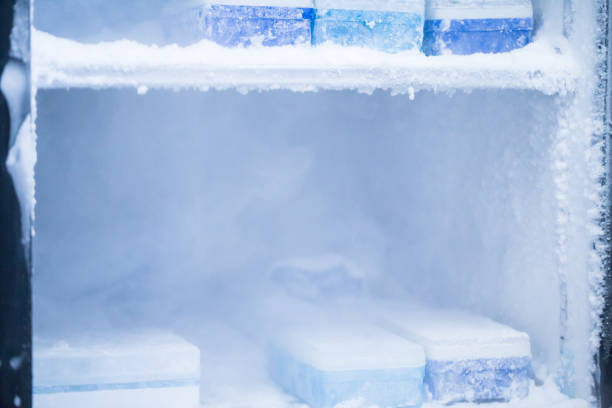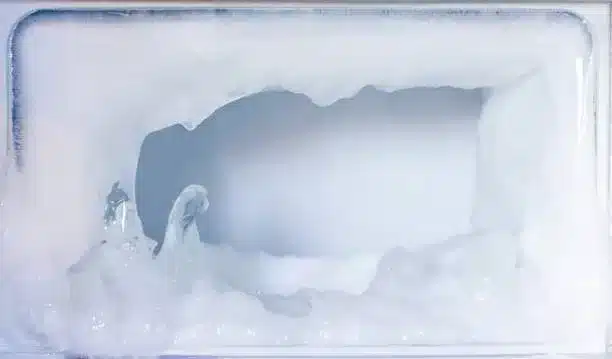The main cause of frost in the freezer is moisture that comes into contact with the evaporator coils inside your freezer and then freezes. This can happen when warm air enters the freezer due to a damaged or worn-out door seal, frequent opening and closing of the door, hot or wet food placed in the freezer, or malfunctioning defrost components. Frost in the freezer can reduce the storage space, cause a foul odor, damage the food and the appliance, and increase the energy consumption.
How to Prevent Frost in the Freezer
The best way to prevent frost in the freezer is to keep moisture and warm air out of the freezer as much as possible. Here are some tips on how to prevent frost in the freezer:
- Check and replace the door seal if it is damaged or worn-out. The door seal is the rubber gasket that seals the gap between the door and the freezer. It prevents warm air from entering and cold air from escaping. If the door seal is torn, cracked, or loose, it can allow moisture and warm air to enter the freezer and cause frost. You can test the door seal by closing a dollar bill between the door and the freezer. If you can pull it out easily, the seal is not tight enough. You can buy a new door seal online or at an appliance store and replace it yourself or hire a professional.
- Avoid opening and closing the door too frequently or for too long. Every time you open the door, you let warm and humid air into the freezer, which condenses and freezes on the cold surfaces. Try to limit your trips to the freezer and plan ahead what you need to take out or put in. Also, make sure you close the door securely after each use.
- Let hot or wet food cool down completely before putting it in the freezer. Hot or wet food can raise the temperature and humidity inside the freezer, which causes frost. You can cool down your food on the counter or in the refrigerator before storing it in the freezer. Also, make sure you wrap or seal your food well in containers or bags to prevent moisture from escaping or transferring between foods.
- Don’t overfill your freezer. Leave some space for air to circulate inside your freezer and don’t block the vents with food. Poor air circulation can lead to uneven cooling and frost formation. A good rule of thumb is to leave at least one inch of space between the food and the walls, back, and ceiling of the freezer.
- Check and repair your defrost components if they are malfunctioning. Your freezer has a defrost system that periodically melts any frost that accumulates on the evaporator coils. This system consists of a timer, a heater, and a thermostat that work together to regulate the defrost cycle. If any of these components are faulty, they can prevent your freezer from defrosting properly and cause frost buildup. You can test these components with a multimeter or call a professional technician to diagnose and fix them.

How to Remove Frost from the Freezer
If you already have frost in your freezer, you need to remove it as soon as possible to restore your freezer’s functionality and efficiency. Here are some steps on how to remove frost from your freezer:
- Turn off your freezer and unplug it from the power source.
- Remove all the food from your freezer and store it in a cooler or another freezer if possible.
- Place towels or trays under your freezer to catch any water that drips from the melting frost.
- Wait for several hours or until all the frost has melted naturally. Do not use any sharp tools or heat sources to scrape or melt the frost, as this can damage your freezer.
- Wipe down your freezer with a damp cloth and some baking soda to remove any odors or stains.
- Plug in your freezer and turn it on. Adjust the temperature setting according to your preference and weather conditions.
- Return your food to your freezer and organize it neatly.

Conclusion
Frost in your freezer is caused by moisture that freezes on the evaporator coils inside your freezer. This can happen when warm air enters your freezer due to various reasons such as a damaged door seal, frequent opening of the door, hot or wet food placed in the freezer, or malfunctioning defrost components.
Frost in your freezer can reduce your storage space, cause a foul odor, damage your food and appliance, and increase your energy consumption.
You can prevent frost in your freezer by keeping moisture and warm air out of your freezer as much as possible. You can also remove frost from your freezer by turning it off, letting the frost melt, and wiping it down.



